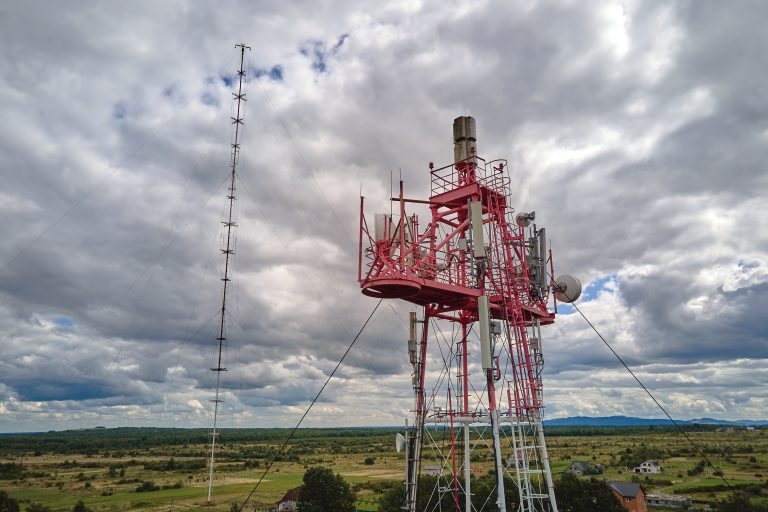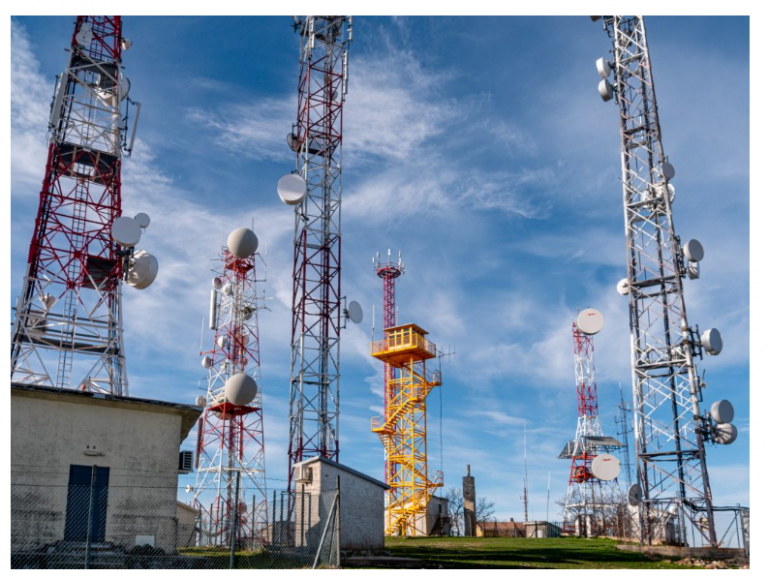In a world so tied to digital communication, a stable connection is no longer a luxury. It’s what keeps businesses running, people connected, and systems afloat. For telecommunications service providers, that means pressure is growing. Not just to stay fast but to keep up with how people live and work. It’s no longer about cables and towers. It’s about real-time reliability, proper infrastructure thinking, and services that won’t leave people stuck in a loading loop.
Listen First, Upgrade Second
Not every signal issue is a hardware one. Sometimes, telecommunication services miss the mark because providers don’t fully observe how people are using the network. Since the usage habits have shifted, people aren’t just texting or making calls anymore. They’re live-streaming their lives, running Zoom meetings while downloading large files, and expecting their smart devices to be connected 24/7.

So, before laying down more fibre or switching towers, there’s value in sitting down with real user data. Where is the lag highest? What kind of traffic is pulling down performance? It’s this early-stage insight that lets telecom service providers build something that not only looks modern but feels right for the people using it.
Redundancy and Backups Need to Be Built In
One weak link can bring everything down. A network crash in one zone can have ripple effects far beyond. So, telecommunications providers who want to stay serious about reliability need to think in layers.
A backup for the backup. That’s where redundancy comes in. Secondary routers, backup power supply systems, and multiple data routes all these reduce the risk of major downtime. Especially in countries where remote working or hybrid setups are now baked into everyday life, a dropped call or failed transfer isn’t just annoying. Its revenue is lost. And people remember that.
Infrastructure Should Be Smart, Not Just Big
It’s tempting to pour money into a larger telecommunications network, but size doesn’t always solve the problem. What matters is how the parts talk to each other. Network architecture today has to be flexible. Not every area needs the same bandwidth. Not every device works with the same frequency.
So, smarter infrastructure begins with modular thinking. Building networks that grow without being completely torn apart. Microcells and small towers help in dense zones. In far-flung regions, satellite-supported backups might do the trick. It’s about creating the right fit, not the biggest.
Practical Issues Users Still Face Every Day
For a telecommunications service provider, the challenges around user experience come down to certain real points:
- Dead zones in urban layouts need smarter routing.
- High-rise living complicates signal spread.
- Rural gaps still exist even in advanced networks.
- Switching between Wi-Fi and mobile networks is rarely seamless.
None of these issues gets fixed with a single solution. It’s about layered improvements. Gradual but continuous. And knowing when to scale versus when to fine-tune.
5G Isn’t Just a Buzzword, But It Can’t Stand Alone

Every big telco throws around 5G like it’s magic. And yes, 5G does bring speed and ultra-low latency. But building a telecommunications network that works long term means not ignoring the infrastructure supporting it.
Is the backend cloud-native? Are the antennas up to speed? How does edge computing perform in real-time events? 5G’s benefits won’t mean much if a provider can’t sync all the parts. It’s more than uploading a 4K video fast. It’s about smooth network transitions, secure connections, and device compatibility across regions.
Affordability Shapes Long-Term Trust
Faster speeds don’t always mean more subscribers. People look at the price, plain and simple. So, telecommunications providers looking to grow trust must look at tiered pricing, flexible billing cycles, and plans that reflect actual use, not inflated packages with extra fluff.
Some customers still prefer prepaid, while others want postpaid with service guarantees. Ignoring one for the other means losing out on half the market, because connectivity isn’t only technical, it’s financial too.
User-Centric Service Wins Loyalty
Connectivity that breaks when support does is worse than a slow network. Customers want someone to talk to quickly. And not just for technical breakdowns. Plan queries, data top-ups, and device pairing; they all need support that doesn’t read off a script.
So, telecommunications service providers need to train support teams beyond troubleshooting. Understanding human frustration and fixing things without loops builds brand value. Live chat, voice support, and even walk-in counters should feel like actual help, not a stall tactic.
What the Better Telecom Names Have in Common
Why do the better telecom service providers stand out? Often, they have a few traits in common:
- They localise support instead of offshoring all operations.
- They upgrade quietly without overhyping.
- Their app and user dashboard are simple to use.
- They offer downtime transparency and actual compensation.
Connectivity issues will happen. But how a provider responds is what defines reputation.
Tech Partnerships Are a Smarter Way Forward
Telecommunications service providers don’t need to build everything alone. Working with tech companies that specialise in narrow fields such as IoT integration, low-orbit satellite networks, and AI diagnostics can boost performance. It reduces cost in the long run and speeds up rollouts.

There’s no shame in collaborating. The biggest players now partner rather than stretch thin, trying to be everything at once.
Maintenance Still Matters More Than It Gets Credit For
Digital expansion makes headlines, but old-school cable maintenance still matters. Rusting connectors, misaligned satellite dishes, and corroded outdoor units all cause glitches that no software can fix. Annual checks, routine visits, and physical upkeep must stay part of the provider’s rhythm. A strong telecommunication services plan should never overlook this basic but critical point.
Conclusion: It’s Not Speed. It’s Stability
In the end, faster isn’t always better. For telecommunications providers, real improvement comes from connection stability, ease of service, smart network planning, and actual user care. It’s not one big change. It’s a series of consistent, practical upgrades over time.
Those that focus not just on building a big network, but a better one, are the ones that keep users connected and loyal.
 Tasselline | Latest Articles By Singaporeans, for Singaporeans Article Site for Singaporeans
Tasselline | Latest Articles By Singaporeans, for Singaporeans Article Site for Singaporeans